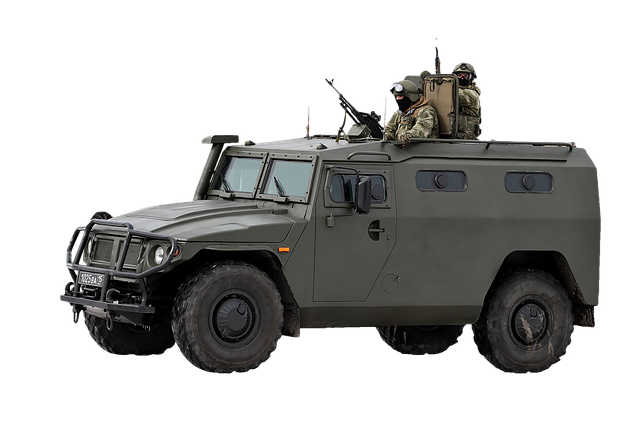Military Permanent Change of Station (PCS) vehicle shipping within the Continental United States (CONUS) involves considering distance, vehicle type & size, access to locations, and loading facilities. Smaller vehicles generally cost less over long distances, while traffic conditions and delivery methods impact pricing. Service members should evaluate these factors for accurate estimates and informed decisions on efficient, cost-effective CONUS vehicle shipping.
The cost of shipping a vehicle for military Permanent Change of Station (PCS) moves within the Continental United States (CONUS) varies widely, influenced by several key factors. This article delves into the intricate landscape of CONUS military PCS vehicle shipping costs, exploring how distance, location, vehicle type, and time of year interact to determine expenses. We’ll guide you through logistical considerations like origin, destination, port selection, and handling procedures, offering strategies for maximizing cost efficiency through strategic planning, leveraging discounts, and choosing reputable shipping companies.
- Understanding the Factors Influencing Military PCS Vehicle Shipping Costs (CONUS)
- – Distance and Location
- – Vehicle Type and Size
Understanding the Factors Influencing Military PCS Vehicle Shipping Costs (CONUS)

When it comes to shipping a vehicle for Military Permanent Change of Station (PCS) within the Continental United States (CONUS), several factors significantly influence the cost. These include the type and size of the vehicle, distance traveled, weight, and the chosen shipping method. For instance, a small car will have lower shipping costs than a large SUV or truck, especially over long distances. The heavier the vehicle, the more fuel it requires to transport, leading to higher expenses.
Additionally, factors like access to the vehicle’s pick-up and drop-off locations, whether loading and unloading facilities are available, and potential traffic or route conditions can also affect pricing. Military PCS vehicle shipping companies may offer different services, such as door-to-door delivery or terminal-to-terminal shipping, with varying cost implications. Understanding these factors is key to getting an accurate estimate and making informed decisions for efficient and cost-effective military vehicle shipping within CONUS.
– Distance and Location

When shipping a vehicle, especially for Military PCS (Permanent Change of Station) moves within the Continental US (CONUS), distance plays a significant role in determining the cost. The farther the destination, the higher the shipping expenses. This is because longer routes often require more time, fuel, and labor, leading to increased fees for transporters. Location also factors in; remote or less-accessible areas might have higher shipping costs due to the challenges of navigating terrain and potential infrastructure limitations.
For Military PCS vehicle shipping CONUS, understanding these variables is crucial. Service members should consider not only the straight-line distance but also the route taken, as certain highways or routes may be more cost-effective. Additionally, the unique requirements for military shipments, such as expedited processing or specific handling, can impact overall pricing.
– Vehicle Type and Size

When it comes to shipping a vehicle, especially for military PCS (Permanent Change of Station) moves within the Continental US (CONUS), the type and size of the vehicle play a significant role in determining the cost. Different modes of transport are required for various vehicle categories, each with its own set of pricing considerations. For instance, shipping a compact car will be less expensive than transporting a large SUV or truck due to the varying rates per pound and per mile, as well as the unique handling needs of each size class.
Military personnel often have specialized requirements when shipping their vehicles, especially if they’re moving across long distances within CONUS. The weight distribution, dimensions, and even the condition of the vehicle can influence the overall shipping cost. For example, military vehicles designed for rugged terrain might need extra care during transit, adding to the overall expense. Understanding these factors is crucial in budgeting effectively for vehicle shipping services.
When determining the cost to ship a vehicle for military personnel relocating within CONUS, several key factors come into play. Distance and location significantly impact shipping expenses, with longer journeys naturally incurring higher costs. Additionally, the type and size of the vehicle are crucial considerations, as they dictate the required shipping methods and resources. Understanding these influences empowers service members and planners to budget effectively for military PCS vehicle shipping within the continental US.
